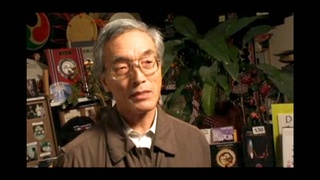Interviews
Japanese American community life
I've always said that I think one of the, I call it a curse in some ways, that my grandmother put on me, was she always used to tell me, and she told me so frequently that everything I did, good or bad in life, would reflect upon the entire Japanese race. And I think I bought that. I was not the sort of questioning person. When my parents or grandparents said something to me I just sort of accepted it. Not that I liked it, but I accepted it. And I think I bought that.
And that was reinforced all through high school, junior high school where I saw the community sort of gather together to protect a particular family in the JA community that might have sinned socially. And they didn't want people to think that this was normal behavior for Japanese Americans, and so they would essentially cover-up. And I remember, especially in high school and in college where sex started to become a little bit more open and, and young women were getting pregnant, you know, out of wedlock, and my God, how that would just like spread through the community. And again, people would draw their wagons and protect the family and all that, but at the same time would be saying very bad things about them, behind your back. So there was a clear double standard.
Date: March 18 & 20, 2003
Location: Washington, US
Interviewer: Alice Ito and Mayumi Tsutakawa
Contributed by: Denshō: The Japanese American Legacy Project.












